Bad Report Card: Low Marks — Again — For U.S. Water Infrastructure
The American Society of Civil Engineers says that more money needs to be spent on infrastructure.

By Brett Walton
Circle of Blue
America’s water infrastructure is not failing — but just barely, according to the latest report card from the American Society of Civil Engineers (ASCE).
For better or worse, the problem is money. The low grades are a result of delayed maintenance and underinvestment, the report says.
Though drinking water and wastewater did improve slightly from the last report in 2009, having dropped their ‘minuses’ this time around, none of the water categories have rated above or below level D since the ASCE began handing out scores in 1998. In other words, the condition of America’s water infrastructure is basically stagnant, according to Jeff Eger, executive director of the Water Environment Federation, an industry group for water quality.
“Once the infrastructure is in the ground, it starts deteriorating,” Eger told Circle of Blue. Many of those pipes have been in the ground since before Prohibition, and utilities are not replacing them fast enough. Some systems are on a 200 to 300 year replacement cycle, Eger said.
And there are a lot of pipes, too — the ASCE report cites estimates of 1.6 million kilometers (1 million miles) of water mains in the United States.
If anything has changed since those first reports nearly two decades ago, it is that there is even less money now for water infrastructure, according to David Sedlack, an engineering professor at the University of California, Berkeley. The financial crisis and recession have cut revenues for many utilities, resulting in delayed maintenance. The fiscal stimulus in 2009 put $US 6 billion into two federal water loan programs, but, since then, federal funding has dropped to roughly $US 1 billion per year for each program.
“We’re seeing the long-term effects of a system that is out of balance,” Sedlack told Circle of Blue. Those effects include an estimated 240,000 water main breaks each year and nearly 14,000 dams — or one out of every seven dams — in the United States rated as “high hazard,” meaning that the flush of water from a broken dam would likely kill people.
–Adam Krantz
National Association of Clean Water Agencies
The shoddy water systems are not primarily the fault of water managers, said Adam Krantz, director of government and public affairs for the National Association of Clean Water Agencies.
“Municipal leaders are doing much better than a D+, given the hand they’ve been dealt,” Krantz told Circle of Blue.
Eger agreed, saying, “This grade is not reflective of water professionals, who are doing stellar work. This is the result of a lack of resources.”
Dear Government, Send Money
Utilities and their lobby groups routinely complain that the U.S. government is not spending enough money on water infrastructure and that water quality mandates are breaking the backs of ratepayers.
This is partly true. In the 1970s, after the Clean Water Act, U.S. taxpayers picked up more than half the tab for new municipal sewage plants. Federal investments of that magnitude began drying up in the 1980s when grants were replaced with a loan program, shifting more of the cost to local ratepayers.
Now, instead of treatment plants, pipes are the bigger fiscal concern, Eger said. Last year the American Water Works Association estimated that $US 1 trillion would be needed over the next 25 years to replace just the pipes in the U.S. water system, not including funds needed for treatment plants or reservoirs.
Most of the money for repairs come from state and local governments, including ratepayers. In all, these sources covered more than 98 percent of all drinking water and wastewater costs in 2008, according to the report. Even if Congress tripled the amount of money it allocates to water infrastructure, it would do little to change the spending balance.
Even if federal spending does not return to 1970s levels, there are other ways that Congress could help. The ASCE, as well as many utility lobby groups, argues that new financing programs could encourage private investment, like what Chicago, has done to embrace partnerships with private finance. Congress could also lift restrictions on certain tax-exempt bonds or lower the borrowing rate for water projects.
Either way, Krantz argued, Congress needs to think of water as a connected system, like roads.
“In effect, rivers are a national grid,” he said. “But they haven’t been treated that way in national funding.”
Brett writes about agriculture, energy, infrastructure, and the politics and economics of water in the United States. He also writes the Federal Water Tap, Circle of Blue’s weekly digest of U.S. government water news. He is the winner of two Society of Environmental Journalists reporting awards, one of the top honors in American environmental journalism: first place for explanatory reporting for a series on septic system pollution in the United States(2016) and third place for beat reporting in a small market (2014). He received the Sierra Club’s Distinguished Service Award in 2018. Brett lives in Seattle, where he hikes the mountains and bakes pies. Contact Brett Walton


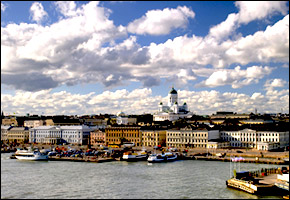
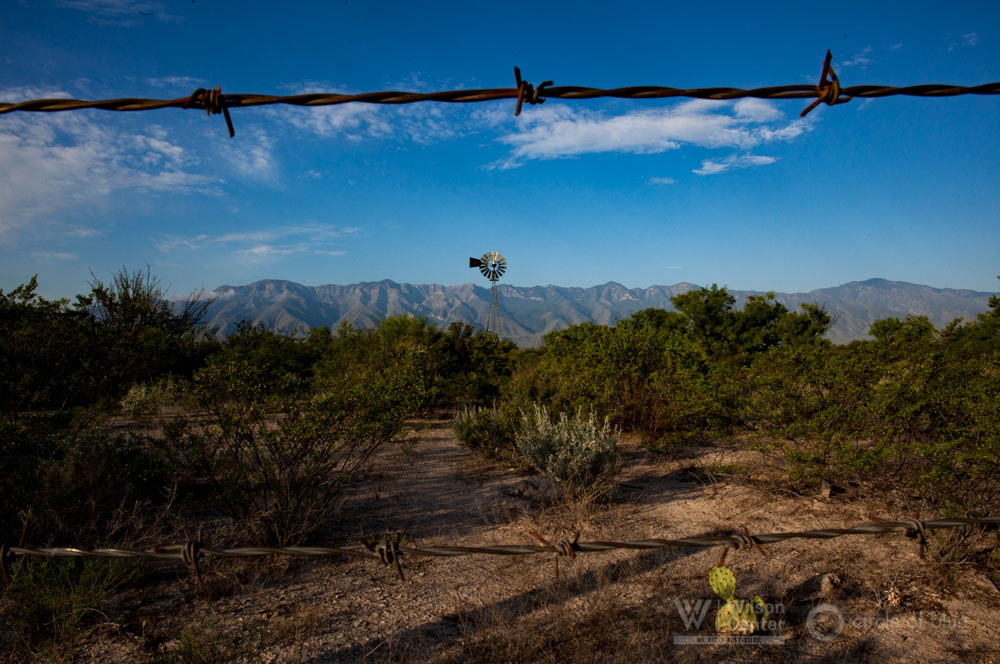
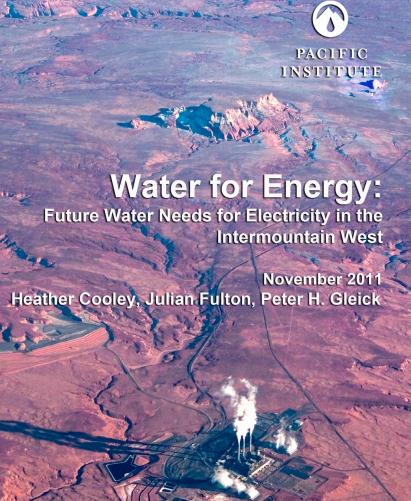
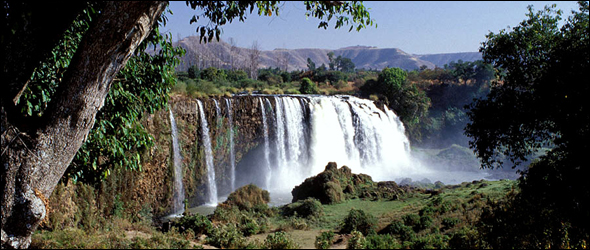


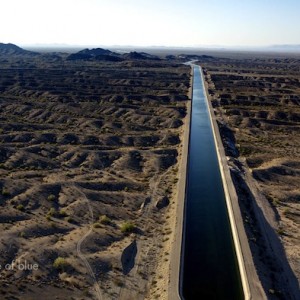
Leave a Reply
Want to join the discussion?Feel free to contribute!